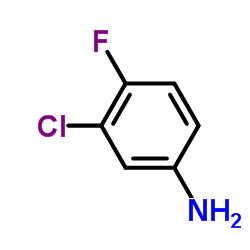| Structure | Name/CAS No. | Articles |
|---|---|---|
 |
1-Chloro-2-fluorobenzene
CAS:348-51-6 |
|
 |
3-Chloro-4-fluoroaniline
CAS:367-21-5 |